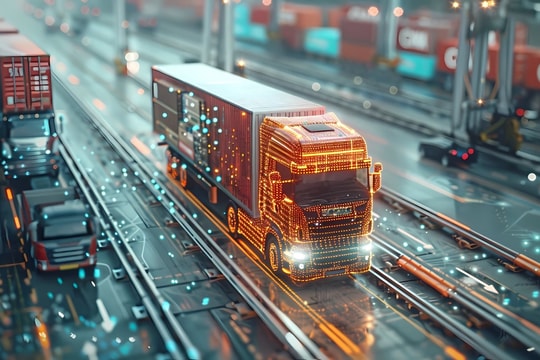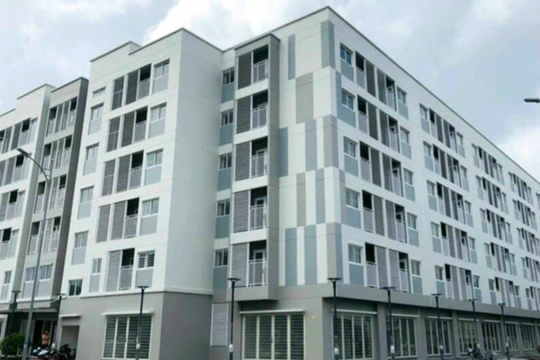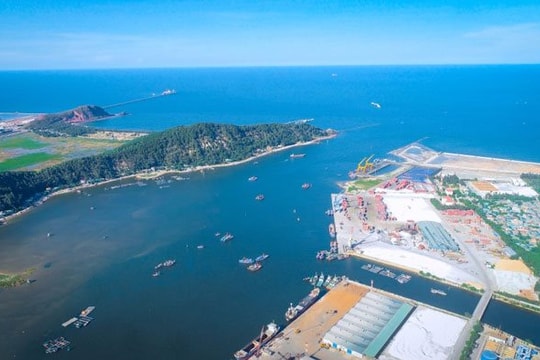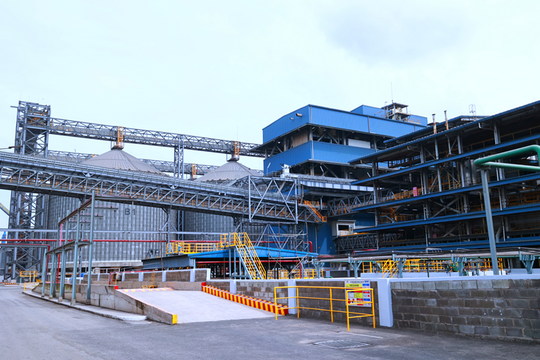Recognizing the need for a sustainable transport solution, La Poste, France’s national postal service, has introduced an initiative to deploy electric postal barges on the Seine River. This project not only significantly reduces the number of delivery vehicles in the city center but also paves the way for greener urban logistics, improving the quality of life for Parisians.
The postal barge system optimizes the parcel delivery process while supporting the city’s CO₂ reduction goals, bringing Paris closer to its sustainability targets. However, for the project to succeed and scale up, challenges such as docking infrastructure and integration with the existing transport network must be addressed.
Current Traffic Challenges and the Need for Innovation
.jpg)
.jpg)
Beyond congestion, delivery trucks are a major contributor to air pollution. A report from the European Environment Agency (EEA) indicates that road transport accounts for 30% of CO₂ emissions in major cities, with delivery vehicles being a significant source. In addition to air pollution, noise from these vehicles negatively impacts urban life.
The Paris government has implemented several measures to curb the impact of delivery trucks, including restricting diesel vehicles, promoting electric delivery vans, and enhancing public transport. However, these measures alone are not sufficient, especially as the demand for deliveries continues to rise.
In this context, leveraging the Seine River for parcel transport presents a practical and sustainable solution. With the river stretching over 13 km through the heart of Paris, electric barges can ease road congestion while optimizing delivery times.
Postal Barges: La Poste’s Innovative Solution
.jpg)
.jpg)
Structure and Operation of the Postal Barge System
Zero-Emission Electric Barges: La Poste’s postal barges are powered by high-capacity lithium-ion batteries, enabling continuous operation without emissions. This not only reduces air pollution but also significantly lowers noise pollution, creating a cleaner and quieter urban environment.
Riverside Distribution Centers: To streamline logistics, La Poste has set up riverside transshipment hubs where parcels are unloaded and transferred onto smaller, eco-friendly delivery vehicles such as electric cargo bikes and compact electric vans. This ensures fast last-mile delivery while minimizing disruption to city traffic.
Integration with Public Transport: A key innovation in this project is its seamless integration with Paris’s public transport network. Some riverside hubs are connected to metro and electric bus lines, enhancing delivery flexibility and efficiency.
Benefits of the Project for Traffic and the Environment
The deployment of postal barges offers several significant advantages:
Reduced Traffic Congestion: By shifting a large portion of parcel deliveries from roads to waterways, the number of delivery trucks in the city center is expected to drop by 30%, significantly easing congestion.
Lower CO₂ Emissions: Estimates suggest that this initiative could cut over 2,000 tons of CO₂ per year, contributing significantly to Paris’s sustainability objectives.
Less Noise Pollution: Electric barges operate almost silently, reducing noise pollution in central areas. Additionally, replacing diesel trucks with electric bicycles further enhances urban tranquility.
Optimized Operating Costs: Electric barges have lower operating costs than diesel-powered delivery trucks, helping La Poste reduce logistics expenses while potentially lowering parcel delivery costs for customers.
Challenges and Future Prospects of the Project
Despite its many benefits, the postal barge initiative faces several key challenges:
High Initial Investment Costs: Deploying electric barges requires significant investment in battery technology, docking infrastructure, and riverside distribution centers.
Scalability of the Model: Currently, the Seine River serves only a limited number of routes. Expanding this model to other areas requires further research and logistical adjustments.
Consumer and Business Adaptation: Businesses and residents are accustomed to traditional road-based delivery services. Encouraging wider adoption of green logistics will require awareness campaigns and incentives.
.jpg)
.jpg)
Conclusion
La Poste’s launch of electric postal barges on the Seine River marks a major step forward in creating a sustainable urban logistics system. This initiative not only helps reduce traffic congestion and improve air quality but also establishes a cost-effective, eco-friendly delivery model.
As major cities worldwide seek green transport solutions, La Poste’s postal barge model could become a new trend in urban logistics, contributing to a more sustainable future for metropolitan areas globally.


.jpg)
.jpg)


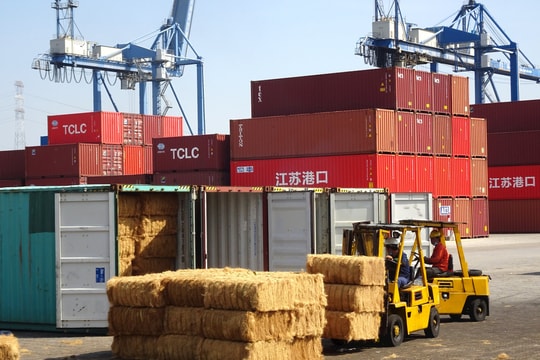
.jpg)
.jpg)
.jpg)

.png)
.png)
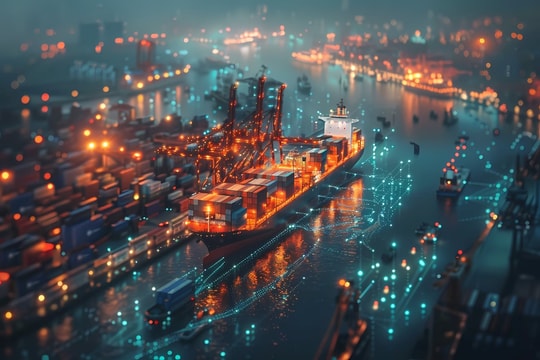


.png)

